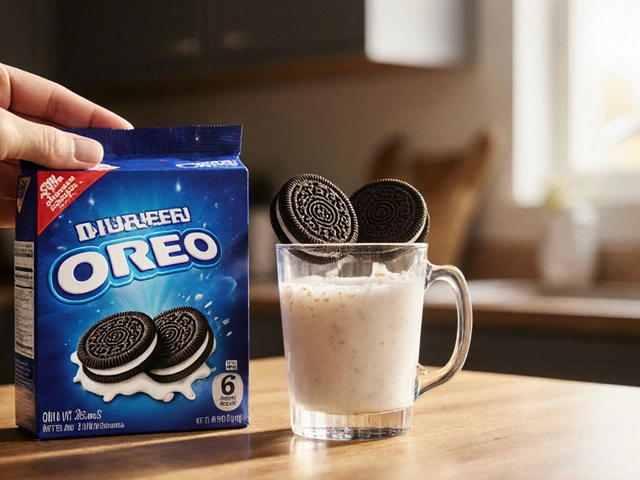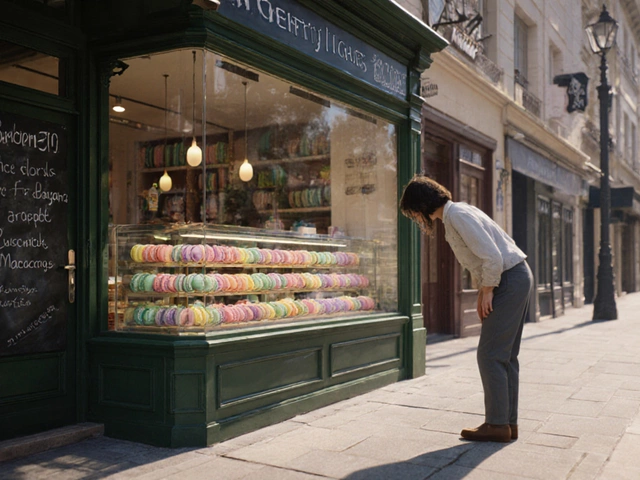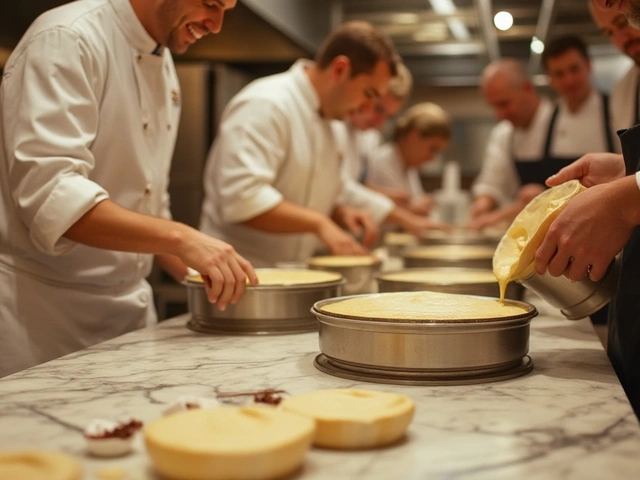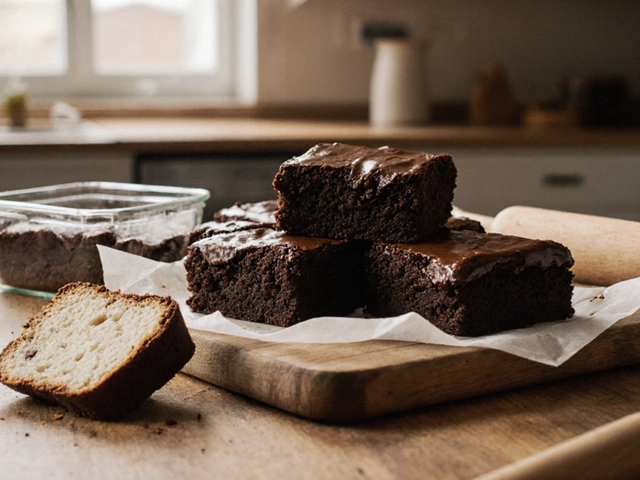Essential Ingredients Every Dessert Lover Should Know
If you’ve ever wondered why some cakes rise like a dream while others flop, the answer usually lies in the basic pantry items. Sugar, butter, flour, eggs, and a handful of flavor boosters are the building blocks of almost every sweet you bake. Getting familiar with how each one works can save you from soggy brownies, dry muffins, or bland tarts. Below are the key players, why they matter, and simple ways to keep them at their best.
Why These Ingredients Matter
First up, sugar. It does more than sweeten – it creates structure, adds moisture, and helps caramelize for that golden crust. Use granulated sugar for crisp cookies, powdered sugar for silky frosting, and brown sugar when you want a deeper, molasses‑rich flavor. Next, butter. The fat in butter coats flour proteins, keeping pastries tender and giving cakes a rich mouthfeel. If you’re short on butter, a good quality margarine or even coconut oil works in many recipes, though the flavor will shift a bit.
Flour is the backbone. All‑purpose flour is versatile, but for light cakes you’ll want cake flour because it has less protein and yields a softer crumb. For chewy cookies, stick with all‑purpose. Eggs are the glue that holds everything together; they provide lift, moisture, and color. If you’re baking without eggs, a mix of mashed banana or unsweetened applesauce can mimic moisture, while a teaspoon of baking powder adds lift.
Don’t forget vanilla extract. A splash of pure vanilla can turn a basic batter into a fragrant treat. Even a pinch of salt can brighten flavors and balance sweetness, so always keep a small shaker nearby. Finally, leavening agents like baking soda and powder are the secret behind fluffy cupcakes and airy soufflés. Use them as the recipe calls for; too much can leave a bitter aftertaste, too little leaves a dense loaf.
Smart Ways to Store & Substitute
Keeping these staples fresh is easier than you think. Store granulated sugar in an airtight container to prevent clumping, and stash powdered sugar with a slice of bread to absorb moisture. Butter belongs in the fridge, but for quick baking, keep a small portion at room temperature; it spreads easier and creams better with sugar. Flour should be in a cool, dry place – if you buy in bulk, consider a sealed bin to keep bugs out.
When you need a quick swap, these tricks help. Running low on butter? Use the 1‑to‑1 rule with shortening for pie crusts, though you’ll lose some buttery flavor. Out of eggs? Mix one tablespoon of ground flaxseed with three tablespoons of water, let it sit, and use it as a binder. For those avoiding gluten, replace regular flour with a blend of rice flour, potato starch, and tapioca flour; it won’t be identical, but most cakes still rise nicely.
Remember, the best desserts start with good ingredients and a little know‑how. By understanding the role each element plays, you’ll troubleshoot problems faster and experiment with confidence. So grab your sugar, butter, flour, and eggs, and start creating treats that taste just as good as they look.
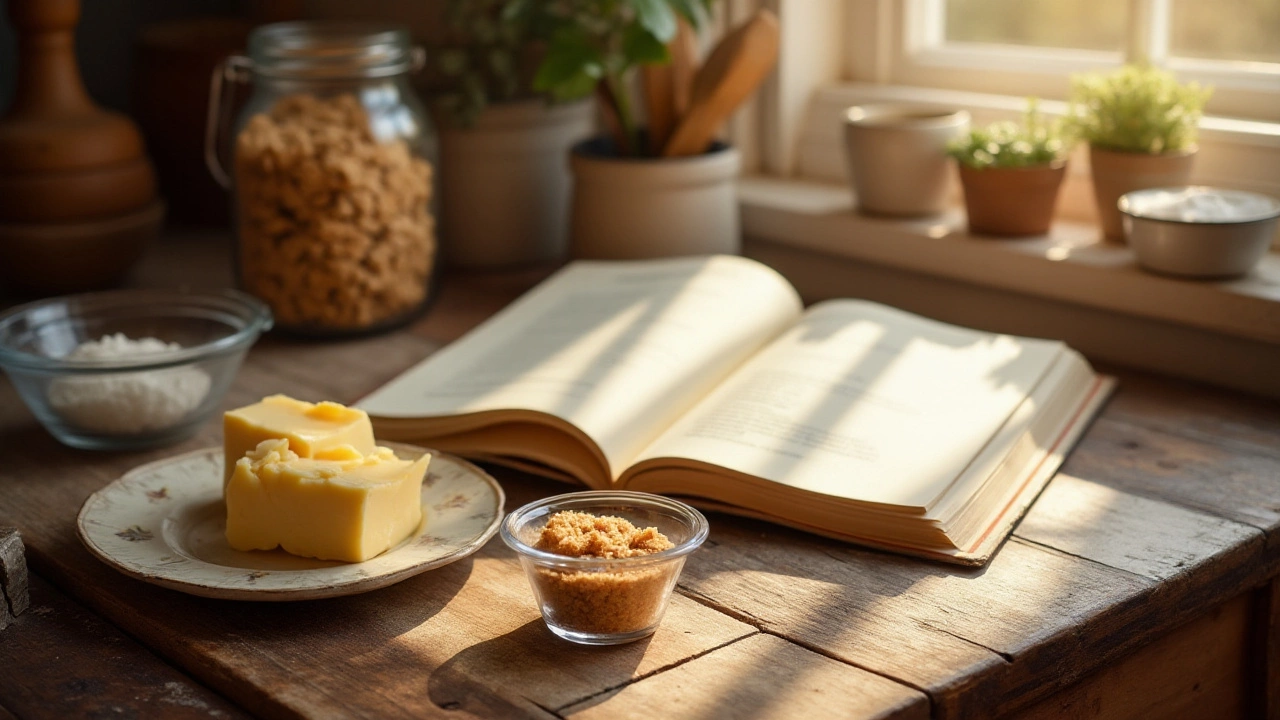
Essential Ingredients for Perfect Homemade Cookies
Cookies are more than just a sweet treat; they're a baking canvas. But what truly makes a cookie perfect isn't just the recipe—it's the careful selection of ingredients. From butter's richness to the sweetness of sugar, and the balancing act of salt, explore the crucial components of creating the ultimate homemade cookies. We'll uncover the secrets behind every bite, ensuring your cookies are both delicious and memorable.
View More
